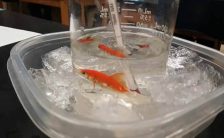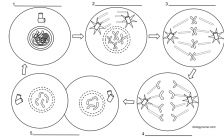Author: Shannan Muskopf
-
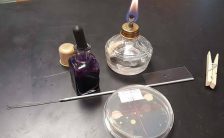
Investigation: Bacteria
This investigation asks students to take samples from the school and grow bacteria on agar plates. Students learn to use sterile technique to transfer and stain the bacteria and view under a microscope. Lab guide includes instructions for how to analyze and compare colonies and identify the three shapes of bacteria: bacillus, cocci, and…
-
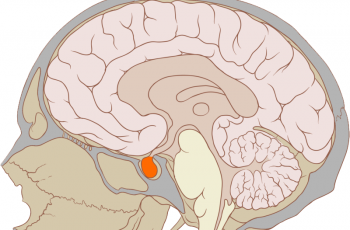
Case Study – What’s Wrong with Timothy?
The endocrine system can be a difficult subject to cover in anatomy. It isn’t as showy as the other systems where you can label organs or dissect an eyeball. Students must also memorize a number of hormones and their functions which have complicated names like thyroxine and tri-iodothyronine. When I first started teaching anatomy,…
-
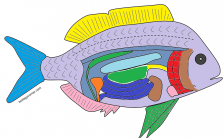
The Anatomy of a Bony Fish
Learn the anatomy of the fish with this coloring worksheet. Student Activity This coloring worksheet. provides a basic overview of the anatomy of a bony fish. Students color the fish according to the directions with each organ and fins being labeled by number. Students will not need a reference to complete the activity, as…
-
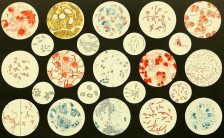
Activity: Which Disease Is the Worst?
In this activity, students work in groups to read about different types of diseases and ultimately rank them from the least dangerous to the most dangerous. There is no actual right answer to this, and the cards are designed to foster discussion and provide a basic overview of the types of pathogens that cause…
-
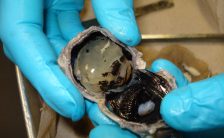
Cow Eye Dissection
Students dissect a cow eye as part of a unit on anatomy or the senses. This guide contains step by step instructions on how to cut the eye and identify the major features. Cow eyes can be purchased from Amazon or biology supply companies. You can also use sheep eyes, which are slightly less expensive.…
-
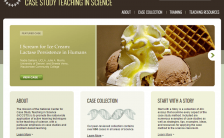
HHMI and Case Studies
HHMI Biointeractive has many interactive resources, case studies, and data analysis. Here is a list of my favorites: Interactive Case Study For Studying Elephant Communication Effects of Fungicides on Bumble Bee Colonies Human Skin Color: Evidence for Selection Lactase Persistence: Evidence for Selection Exploring Trophic Cascades Exploring Biomes in Gorongosa Nutrient Cycling in the Serengeti
-
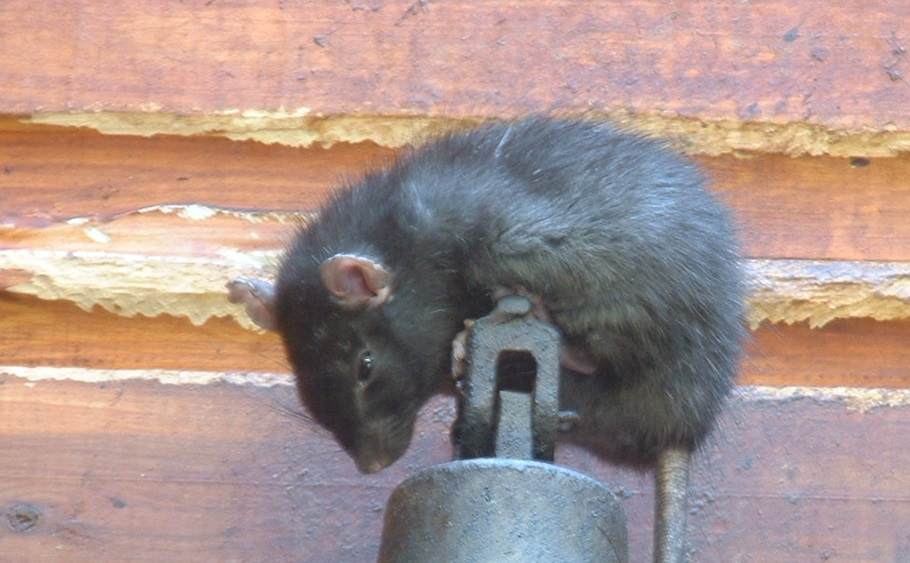
Investigation: Rat Dissection
Provides instructions for dissecting a preserved rat. Students start with the external anatomy, then locate muscles, bones, and then the major organs.
-
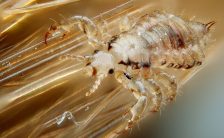
Case Study – Lice and Human Evolution
Google slides present a case of human evolution and the evolution of body lice. Students read details and data and answer questions in small groups.
-
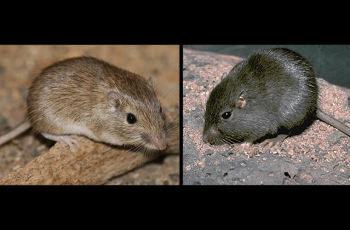
Evolution and the Rock Pocket Mouse (HHMI)
This activity was modified from the HHMI Activity on color variation in the rock pocket mouse which illustrates evolutionary concepts such as fitness, natural selection, and mutation.
-
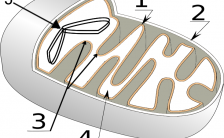
How Mitochondria Produce Energy for the Cell
This worksheet is intended for basic biology students to learn how cellular respiration provides energy for the cell. Students color a mitochondrion which shows how the inner membrane is folded into cristae and indicates that mitochondria are organelles that have their own DNA. Finally, students examine the equation for respiration and compare it to…
-
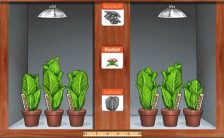
Photosynthesis Lab – How Light Color Affects Growth
A virtual simulator that shows how plant growth changes in response to the color of light. Students measure the heights of plants grown under different colors.
-
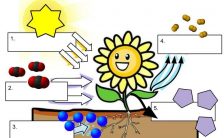
How Does Photosynthesis Work?
This handout can be used with a lecture on photosynthesis, where students label the main features of the light-dependent reaction and the Calvin cycle.
-
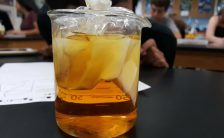
Investigation: Observing Diffusion & Semi-Permeable Membranes
Units on the cell will also include lessons about how the cell transports materials across the membrane. For beginning biology students who don’t have a strong foundation in physical science, the ideas of entropy, solutions, and concentrations can be overwhelming. Diffusion is easy to explain with a perfume bottle or food coloring. …


